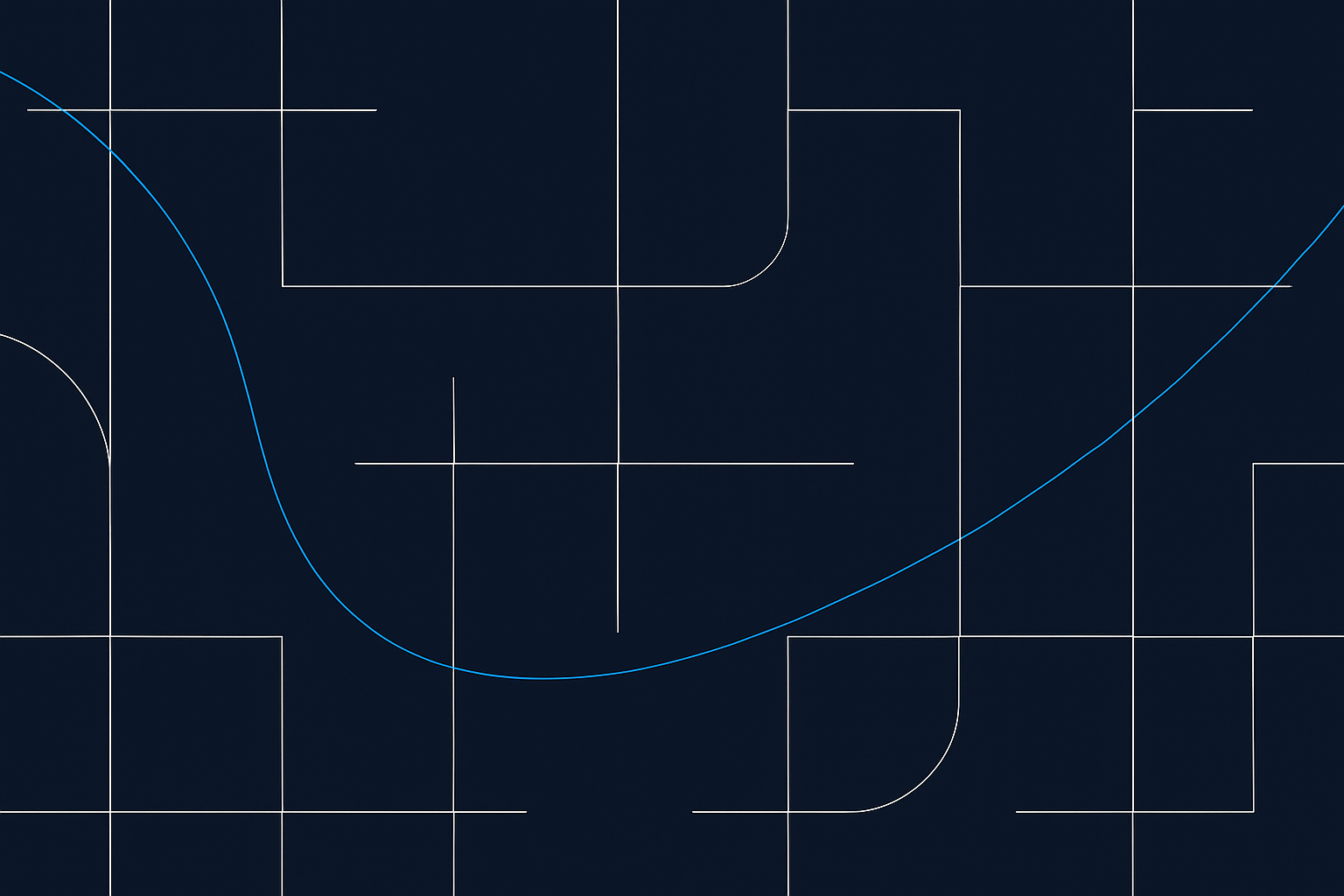
modulr.lab™
Where Context Builds the Course.
Applied Design. Built on Context.
Modulr.Lab™ is where the Modulr.Blueprint™ system works in real time — translating your team’s goals, constraints, and environment into a complete, SCORM-ready course. It’s learning design that reasons instead of repeats.
What You Receive
A Course That Reflects the Way You Work.
Each Modulr.Lab™ project delivers a full asynchronous course generated through our Context-Driven Instruction (CDI)™ engine.
You receive:
A custom instructional Blueprint — outline, script, and assessments
A SCORM for rapid response to training needs
A Context Summary linking course logic to real-world performance frameworks
You don’t just get content. You get a course that understands what it’s for.
Why Modulr.Lab™ Exists
Because Training Should Think.
Traditional design stacks content on top of more content. Modulr.Lab starts with context — so every course behaves differently, tuned to the people who will actually use it.
The result isn’t faster for the sake of speed. It’s faster because the system already knows what matters.
How It Works
From Context to Course in Three Steps.
Intake — Describe your audience, objectives, and environment.
Build — The CDI engine translates that into a working design structure.
Deliver — We produce and hand off a finished Rise course, ready for your LMS.
Who It’s For
For Teams That Build Learning Like They Mean It.
Modulr.Lab™ supports organizations that treat learning as an operational advantage — healthcare, compliance, humanitarian, and technical teams where relevance matters.
Each build is a signal that you’ve moved past generic templates toward real instructional intelligence.
The Bigger Picture
This Is How Learning Systems Evolve.
Modulr.Lab™ turns your project into part of a larger movement: design that learns from context.
Each engagement advances the automation behind the Modulr.Blueprint platform — proving that training doesn’t have to be mechanical to be scalable.
Leave the Templates Behind.
If you’re ready to stop recycling the same slides and start designing with intent, step into the Lab.
This is where learning gets smart, context drives creation, and courses finally act like they understand the work they’re meant to support.